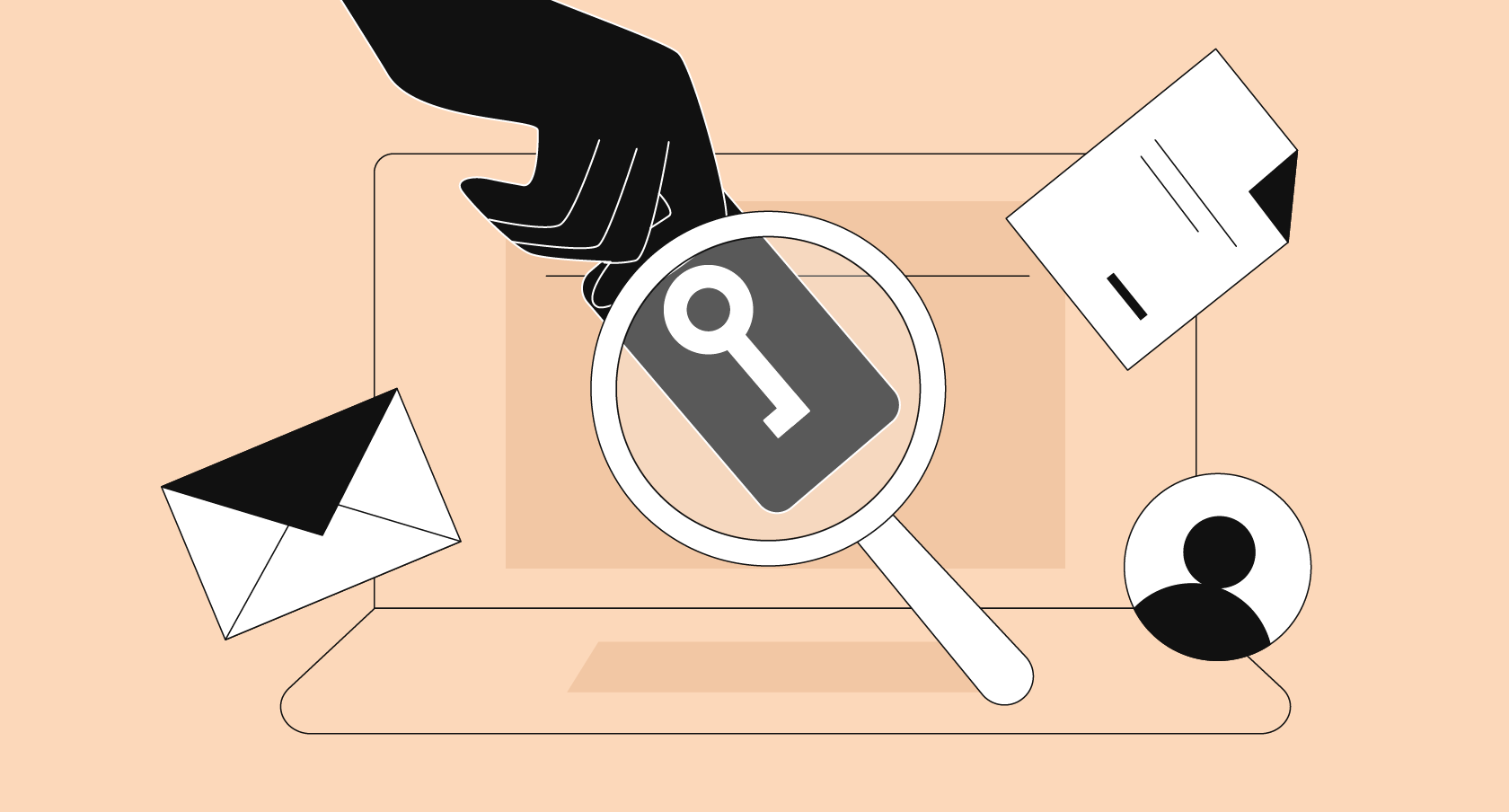The increasingly ubiquitous spread of electronic signatures makes them open to fraud if they are not monitored and policed. Some time ago, in 2016, the Ontario Superior Court considered the issue in the case R. v. Pusey 1, where evidence of the use of an electronic signature was the basis for the court's decision to convict the accused on fraud charges.
Evidence
The defendant, Mr. Pusey, was a former staff director at the Fred Victor Center (the “Center"), a charitable organization based in Toronto. He was also the head of two companies (the "Companies"). These companies billed the Center for more than one hundred thousand dollars for work that was performed by other employees or subcontractors of the Center, in violation of the Center's Code of Conduct regarding Conflicts of Interest.
The scheme was discovered when the Center’s employees questioned some invoices for payments made to the Companies following the cheque details signed by the accused. As a result, the Center paid out to the Companies various payments totaling more than $115,000 over 16 months.
The accused testified that the arrangement was approved by the Center’s Executive Director. Allegedly, the scheme was that the Companies billed the Center for work done by subcontractors. Mr. Pusey then paid them in cash to get savings and tax benefits for the Center. The only documentary evidence presented by the accused were contracts allegedly signed by Mr. Pusey (on behalf of the Companies) and the Center’s Executive Director.
Use of an Electronic Signature
The Center’s Executive Director testified that the contracts were fake, and refused to sign them. The Court examined evidence that the accused's computer and flash drive contained electronic versions of the Executive Director's signature, and also found that the accused would have had access to the signature.
Versions of the electronic signatures on the accused's hard drive were created and modified on the same day, which coincided with the first date when one of the Companies billed the Center.
The report of the Center of Forensic Sciences found that the electronic signature and the "contract" signature came from the same signature source “within the limits of practical certainty.". The Judge declared that "the signature on the so-called contract and the electronic signature found on Mr. Pusey's computer... are identical." The Court rejected Mr. Pusey's explanations and alternative theories when finding him guilty of fraud.
Key Findings
This case demonstrates the legal provability and security problem associated with electronic documents and signatures on negotiable instruments.
In most common law jurisdictions, including Ontario, legislation has been in place for many years making the use of electronic signatures legally provable.
Thus, almost all possible documents required by law to be executed in writing can be signed with an electronic signature, with some exceptions (such as wills and trusts).
However, most legislative acts regulating the use of electronic signatures do not impose any specific standards for reliability or security. As a result, the person relying on the electronic signature or making a decision based on it determines its reliability or effectiveness.
Attempts to fraudulently misrepresent or forge an electronic signature can be easily disclosed if, as in this case, there is competing objective evidence to reveal the fraud. In the absence of specific legislative procedures or security requirements for electronic signatures, this case demonstrates that organizations should consider whether their document management and security systems are sophisticated enough to track the use (and possible misuse) of electronic signatures for everyday transactions and documents.
The original aricle is here.
You can send us any comments to our email; we will be elated to get feedback. If you find our articles fascinating, you can subscribe here.



